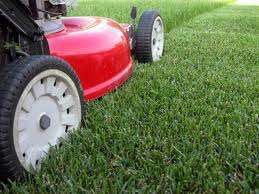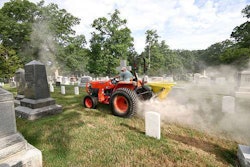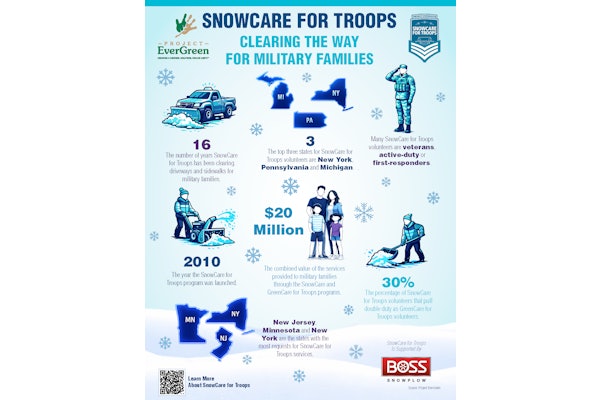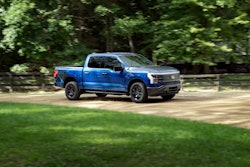
Mowing is but one of several important and labor intensive practices necessary for the successful management of turfgrass. Combined with other practices, or by itself, mowing can make vast differences in the appearance and longevity of a given stand of turf. Although many sound mowing recommendations are difficult or unfeasible to adhere to, quality lawns and turf rely on the best efforts to abide by “proper mowing practices,” says Gregg O’Connor, landscape project manager, Charlotte County Public Works, Punta Gorda, Florida.
Here are his BMPs (Best Mowing Practices):
*Keep mower blades sharp, and replace blade drive belts before they get too loose.
*Keep inflatable mower tires properly inflated.
*Mow often enough to reduce the grass height by no more than one third.
*Maintain a high mowing height for the species or cultivar of grass being grown.
*Do not scalp desirable turfgrass, unless for thatch reduction purposes (i.e. St. Augustinegrass).
*Do not “weed eat” desirable turfgrass, except narrow strips along edges unreachable by mowers.
*Run the mower engine at full throttle.
*Mow at a pace that allows for clean cutting.
*Mow in a different direction each time.
Run the mower engine at full throttle.
*Gradually reduce grass height to desired mowing height, if left to grow too high.
*Mow often enough that debris (leaves, twigs, etc.) doesn’t remain on the turf, causing thinning.
*Make use of “mulching” mower technology.
*Mow often enough that clips can be left in the lawn without accumulating visibly.
*Mow shaded turf, especially, as high as possible within the range recommended for the species or cultivar.
*Mow when leaf blades are dry.
*Avoid mowing when soil is soggy.
*Don’t mow drought-stressed turf.
*Avoid sharp, fast turns of the mower.
*Wait for mower blades to engage to full speed before moving onto grass to be mowed.
*Mow even higher just prior to and in the cool season than in the warm season, if possible.
*Discharge clips toward the outer perimeter of a given lawn area to reduce buildup/clumping.
*On the first lap, clips may be discharged inwardly to reduce clips on pavement.
*When stressed turf must be mowed, keep the mowing height as high as possible within the recommended range.
Mowing Height Recommendations
Hybrid Bermudagrass: Less than 1/2 to 1 1/2 inches depending on use and cultivar; a reel-type mower is required
Zoysiagrass: Japonica 2 to 3 inches with rotary mower; other cultivars 1/2 to 1 inches using a reel-type mower
Bahiagrass– 3 1/2 to 4 inches or higher
St. Augustine grass– Most cultivars 3 to 4 inches; semi-dwarf cultivars 1 1/2 to 2 1/2 inches









